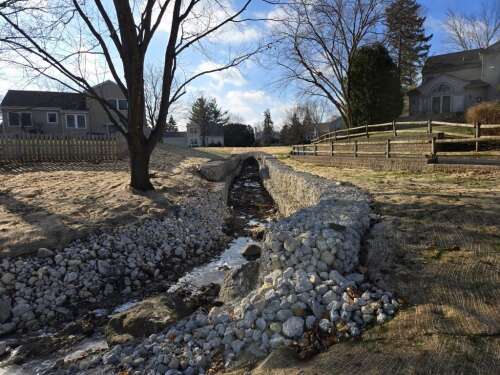Green Victory: Lake Zurich's Shoreline Saved by Innovative Erosion Shield

A groundbreaking erosion control project along Buffalo Creek in Lake Zurich has earned prestigious recognition from the American Public Works Association. The innovative environmental initiative successfully addresses the critical challenge of preventing further land loss along the creek's north branch, protecting valuable residential properties from the destructive forces of water erosion.
By implementing strategic engineering solutions, local authorities have not only safeguarded homeowners' land but also demonstrated a commitment to environmental stewardship and sustainable landscape management. The project highlights the importance of proactive measures in preserving community infrastructure and natural resources.
The award from the American Public Works Association underscores the project's technical excellence and its potential to serve as a model for similar erosion control efforts in other communities. It represents a significant achievement in environmental conservation and urban landscape protection.

